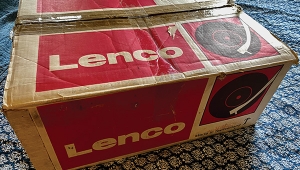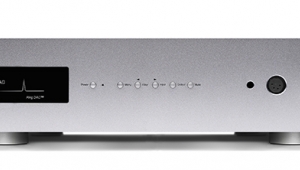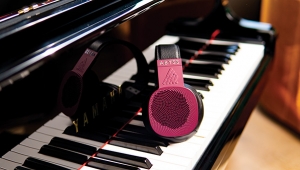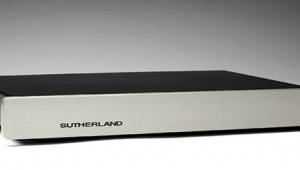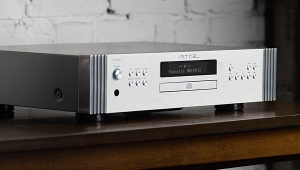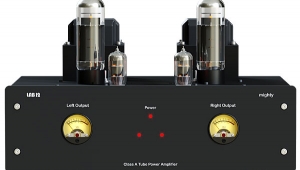| Columns Retired Columns & Blogs |
Hi
Frankly, many "cable deniers" do hear the sonic difference among audio interconnects. It is the high costs of such cables relaive to the moderate costs of their systems that deter them from taking it seriously.
My skeptical ears found pure silver audio cables sound so much better than non-silver cables many years back: elegance, see-thru transparency & delicacy in widest dynamic range: from pianissisimo ppp to fortissisimmo fff that non-silver cables can't come close.
So I started design/building them years back thanks to my electrical power engineering background involving subtantial use of wires/cables. I don't need to wreck my banks to finance the exotic cable vendors.
One special feature of the 99.99% pure silver interconnects I design/built since day one: the music imaging & soundstaging do remain sharp, stable & intact even when blasting the music at very sound levels, say up to 100dBs.
Those oxygen-free pure copper with/without silver coating I tried just fail to keep the sound picture in shape at such high volumes playing same music.
Trust me. Try to play yr favourite music starting from low to very high sound volumes while visualizing how the imaging & soundstaging change.
At average low sound levels, even cheapie RadioShack type cables will sound OK.
Playing at high volumes is an acid test for any audio cables.
Knowledge is power of saving.
Listening with own ears is believing
Jack L











